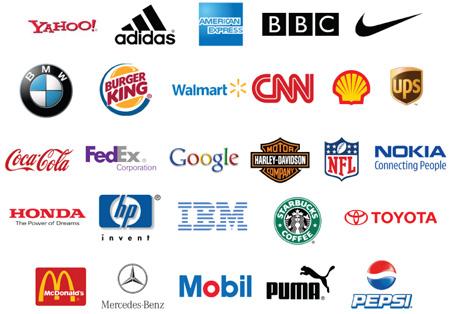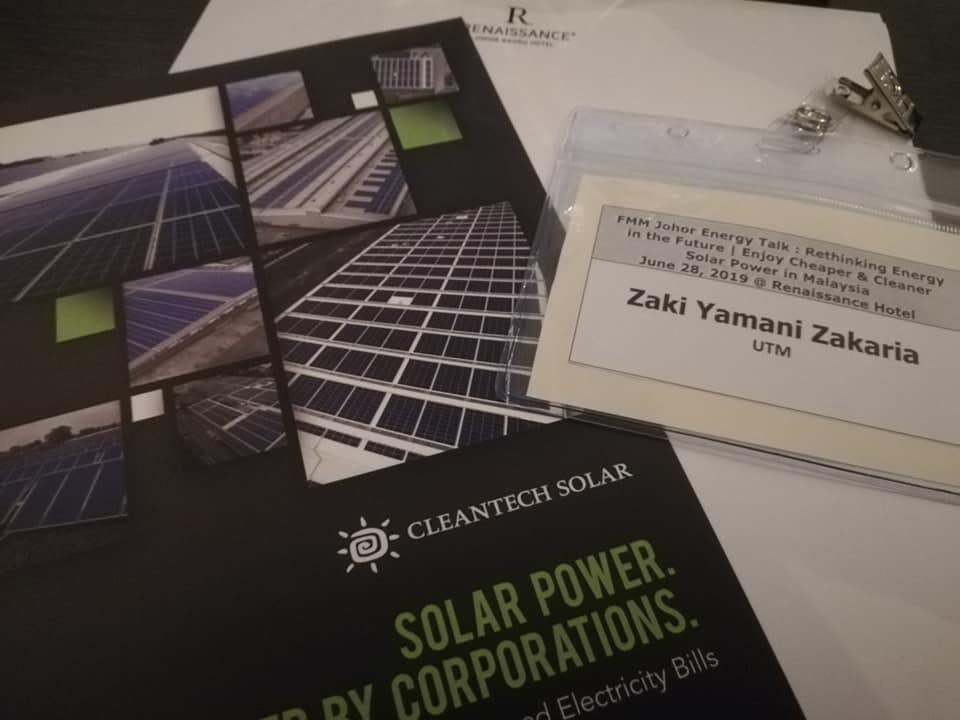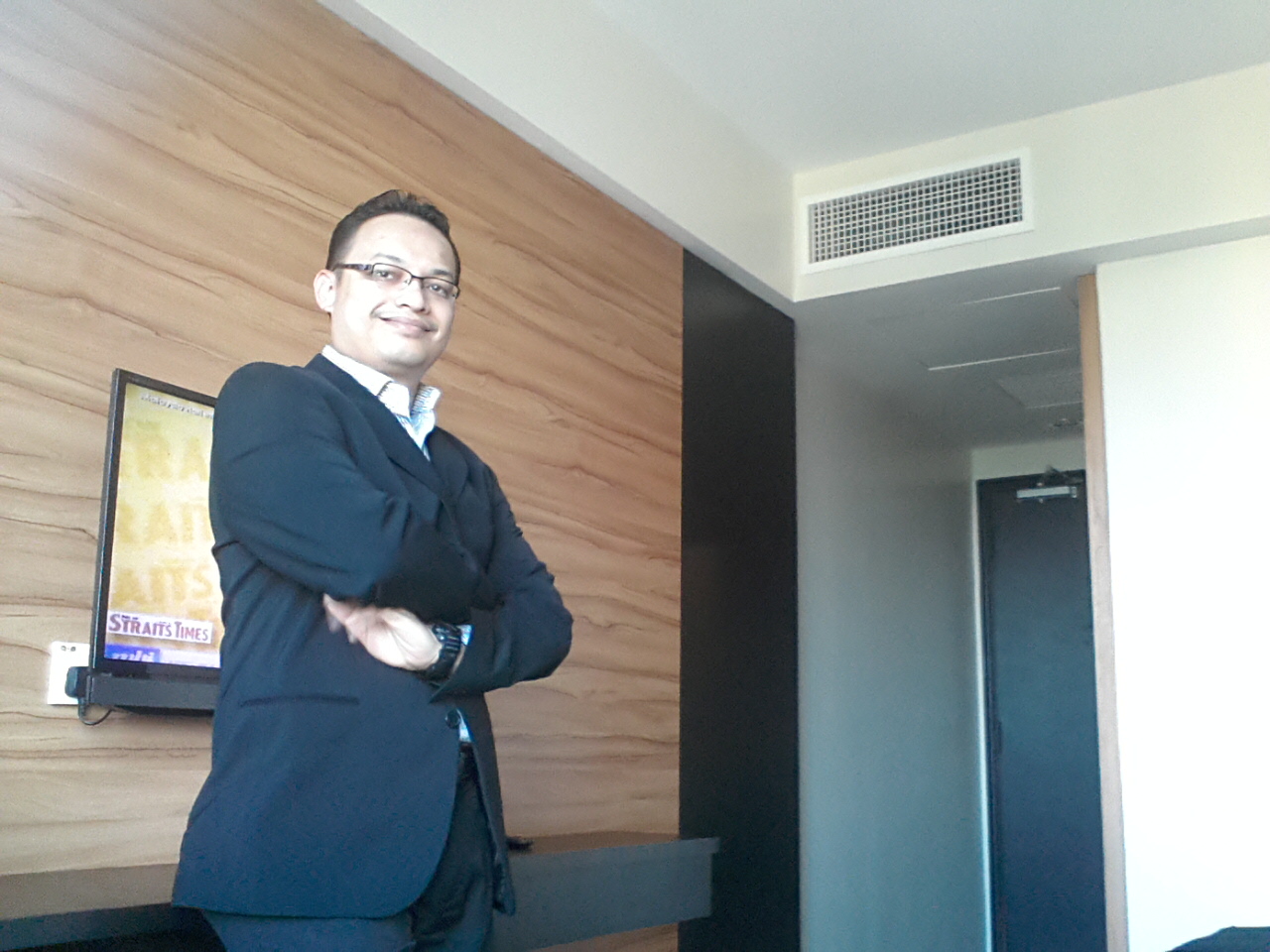 Don’t Let Perfection Be the Enemy of Productivity
Don’t Let Perfection Be the Enemy of Productivity
Productivity isn’t about getting more done. It’s about what you get done. Three aspects of perfectionism can interfere with your ability to prioritize the most important tasks.
1. You’re reluctant to designate decisions as “unimportant.”
2. You feel morally obligated to overdeliver.
3. You get excessively annoyed when you aren’t 100% consistent with good habits.
Continue Reading this article HERE.












